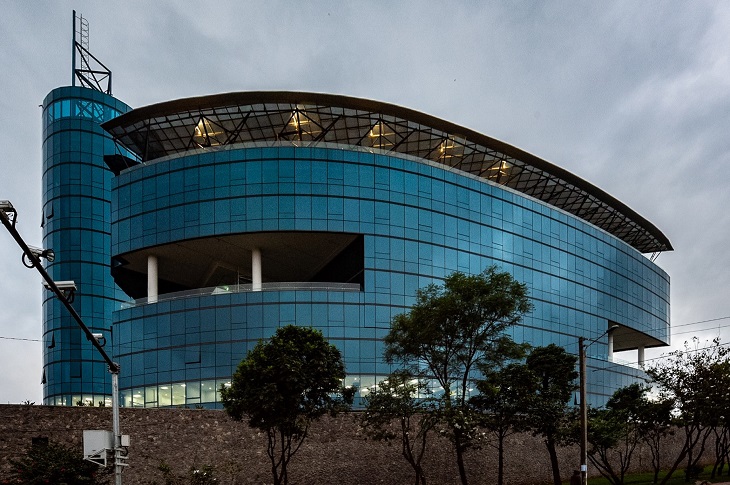In the ever-volatile Kenyan banking sector, Credit Bank finds itself navigating turbulent waters that threaten its very survival. With its latest auditor’s report painting a grim picture, non-compliance with the current minimum core capital requirements, and an even bleaker outlook for future thresholds, serious questions arise about the bank’s viability and the structural weaknesses plaguing its operations.
Currently, Credit Bank’s core capital stands at Kshs. 1.3 billion, a staggering Kshs. 1.7 billion short of the looming Kshs. 3 billion requirement that takes effect in less than five months. More worrying is its liquidity ratio, reported at 15.1%, well below the Central Bank of Kenya’s (CBK) prudential requirement of 20%.
But perhaps the most damning indicator of Credit Bank’s dire condition is the quality of its loan book: a whopping 3 out of every 5 loans, 60%, are non-performing. In a sector where a non-performing loan (NPL) ratio above 10% rings alarm bells, Credit Bank’s figure is not just an outlier; it is a red flag.
Why So Many Non-Performing Loans?
This is the question Credit Bank, its stakeholders, regulators, and the public must ask with urgency. While economic headwinds and post-pandemic recovery issues continue to batter businesses and households alike, other banks have weathered the storm more adeptly.
The national average for NPLs is currently around 15%, and yet Credit Bank’s NPL ratio is quadruple that. This suggests that the issue is not just external—it is internal too.
There are only a few plausible explanations for this disproportionate burden of bad loans. One, poor credit risk assessment practices. Did Credit Bank fail to conduct adequate due diligence before disbursing loans? Were clients extended credit without sufficient capacity to repay or with overvalued collateral? Two, governance and oversight challenges. Could insider lending or preferential treatment of certain borrowers have played a role in compromising the integrity of the loan portfolio? And three, weak recovery mechanisms and poor post-disbursement monitoring, allowing loans to slip into default with little intervention.
The bank’s response, as outlined in its latest disclosures, suggests a firefighting strategy. Among the key recovery measures: completing stalled projects, aggressive disposal of collateral, and negotiated settlements with defaulting clients. While these are textbook tactics for salvaging value from bad loans, they raise serious questions.
But the questions are still in the air. In their ambitious and speedy plan to dispose and sell collateral of those who might have defaulted or delayed on their loan repayment, are they following the law? Is just about collecting the money or following what the law stipulates? Is Credit Bank playing “High and the Mighty” without considering the law while on their aggressive mission to collect their loans?
Is Credit Bank Cash-Strapped or Strategically Cornered?
If Credit Bank is cash-strapped—as its capital position and liquidity ratios imply—how does it plan to complete stalled projects without incurring additional costs? Unless the bank is injecting fresh capital or bringing in equity partners (neither of which has been publicly disclosed), completing projects could prove counterintuitive. Rather than being an investment, it may turn into a deeper liability, draining already strained resources.
The mention of “aggressive collateral sales” signals desperation rather than confidence. In Kenya’s current economic climate, where distressed asset markets are flooded and real estate prices remain subdued, aggressive sales may only yield a fraction of the collateral’s book value. Worse still, if the market gets wind of Credit Bank’s urgency, it could drive prices further down. On the other hand, “negotiated settlements” with borrowers might preserve relationships and recoup partial losses, but they are time-consuming and highly dependent on the goodwill and liquidity of the defaulting clients.
A Survival Strategy or a Last Stand?
To restore stability, Credit Bank needs more than stopgap measures; it needs a fundamental overhaul. First, capital injection is non-negotiable. The looming Kshs. 3 billion core capital requirement gives the bank limited time to woo new investors, merge, or be acquired. Without fresh capital, the CBK may have no option but to take regulatory action, including placing the bank under statutory management.
Second, Credit Bank must urgently clean up its loan book and put in place tighter risk frameworks. It cannot afford a repeat of its current NPL disaster. This means revamping its credit appraisal processes, investing in better loan monitoring systems, and instilling a culture of accountability in its credit department.
Third, transparency and trust need rebuilding. For Credit Bank to rally depositor confidence and potential investors, it must embrace open communication and demonstrate a credible turnaround plan.
Credit Bank’s current predicament is a cautionary tale of how quickly missteps in governance, risk management, and capital planning can compound into a full-blown crisis. While the economy has dealt a blow to many lenders, it does not fully explain why Credit Bank is at the bottom of the pack. The onus is now on the bank’s leadership to steer the ship from the brink—not just for survival, but to regain the trust of the market.
Related Content: Credit Bank Set To List At The Nairobi Securities Exchange













